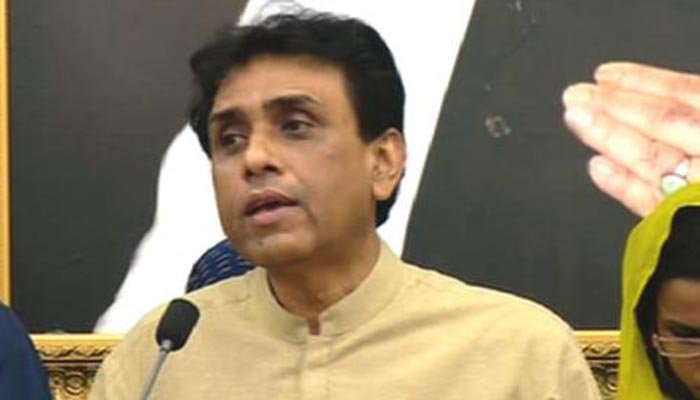

It led to a narrowing of opportunities for Mohajirs who have been ascendant in the bureaucracy in Pakistan after Independence. The PPP came into power both in the centre and in Sindh after the 2008 elections.įrom the 2013 elections onwards, what one sees is the “ethno-regional confinement” of the PPP as it failed to win in any substantial manner beyond Sindh but continued to have hold over Sindh.Īs far as the MQM is concerned, its genesis can be traced back to the rural/urban Sindh quota introduced by Bhutto in the 1970s. Whereas the Sindhi nationalists negotiated seat adjustments with the PPP and withdrew in its favour. The MQM was concerned about halting the flow of population from the rural to urban areas. In the 2008 elections after Benazir’s murder, the PPP made a pledge to achieve provincial autonomy and abolish the Concurrent List of the constitution, something that it did achieve when it came to power in the form of the 18th Amendment. Benazir’s murder “cast a dominant shadow over Sindh”. Other issues where the PPP has over the years aligned itself with the nationalists’ position include opposition to the breakup of Sindh and provincial autonomy.Īfter Benazir’s untimely and unfortunate murder, the sheer sense of “persecution and ethnic subjugation” of Sindh heightened it was a double tragedy given the “judicially sanctioned execution” of Bhutto himself. There is a long list of grievances of Sindhis particularly on water issues, Kalabagh dam and “Red Indianization” of Sindh. In the Sindhi narrative, particularly in the nationalist discourse, there is long-standing perception of the victimhood of Sindh, something that is found in the Mohajir narrative about their ethnicity as well.


According to the author, the PPP had this duality of being an “ethnic” party in Sindh as well as being a “federal” party outside Sindh. The Sindhi nationalists led by the late G M Syed called the PPP a representative of “Punjabi imperialism” in Sindh and the PPP led by Benazir Bhutto tried hard to retain its core constituency in Sindh despite the barrage of criticism by nationalists, and retain its federal character as well. However, this declaration fell through the cracks when the PPP refused to endorse the MQM’s demand for the repatriation of Biharis from Bangladesh, a demand that both PPP and the Sindhi nationalists were opposed to. After Benazir Bhutto became prime minister in December 1988, she tried to have a relationship based on cooperation with the MQM and the ‘Karachi Declaration’ was signed signaling the “grand ethnic bargain” that Sindh was in need for. In 1988 after the violence in Hyderabad, Mohajirs shifted to Latifabad while Sindhis moved to Qasimabad. In this era, the differences between the PPP and MQM were marked, and both indulged in what Faiz calls “maximalist ethnic outbidding”. This era was marked by the long-standing demand by Sindh for provincial autonomy.

The author calls this era from 1988-2020 “an unstable equilibrium” where PPP, MQM, and Sindhi nationalists observed patterns of “conflict” as well as “cooperation” with each other. How do opposing social and political forces deal with each other and learn to coexist despite their conflictual positions? We explore this question in this article today by referring to a chapter on PPP, MQM, and Sindhi nationalists in the 1988-2020 era in Asma Faiz’s new book, ‘In Search of Lost Glory: Sindhi Nationalism in Pakistan’ (2021).
#Mqm new tv show install
Supporters of Pakistan Peoples Party (PPP), install billboards by a campaign office, ahead of general elections in Karachi, Pakistan July 17, 2018.


 0 kommentar(er)
0 kommentar(er)
